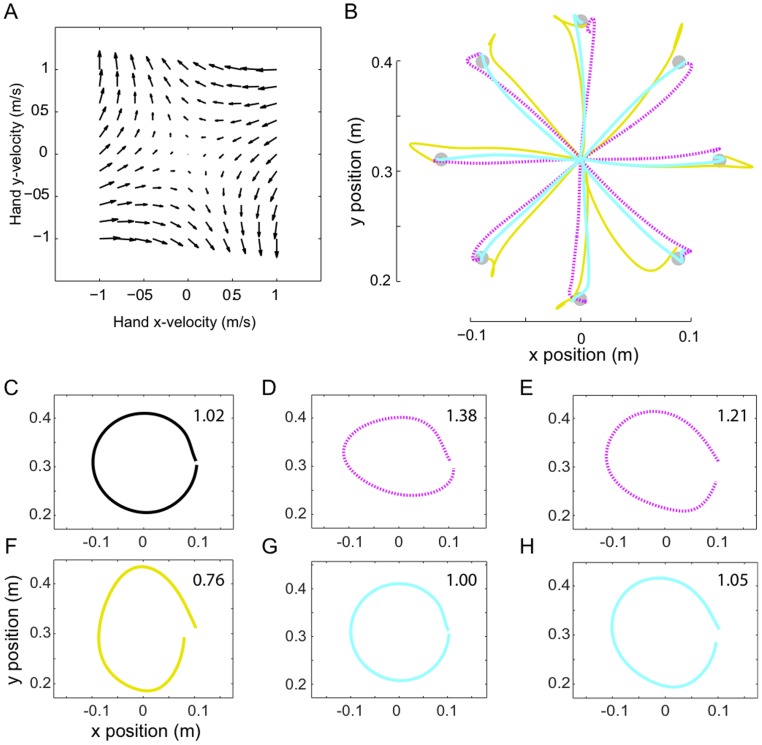Figure 3. Simulation of transfer of learning to other movements as in [2] (compare with Fig. 4 of [2]).
Learning directly on a circle (C,D,F,G) or training reaching movements in all directions (B,E,H) results in similar performance and after effects. A: Velocity-dependent force field. B: Reaching movements in eight directions show early learning trials in the force field (yellow), late learning trials in the force field (cyan), and after effect trials when the force field was removed (magenta). C: Circle drawn in the null field before the simulation experiences the force field. D: After effects of adapting to the force field directly while making circles. E: Transferred after effects from learning the force field with reaching movements (as shown in B) to circular movements. F: Circular movements performed by the simulation during the initial unexpected exposure to the force field before learning. G: Circles drawn after adaptation to the VF directly by making circular movements. H: Transferred learning from reaching movements in 8 directions (as shown in B) to the circular motion. The number in the top right of each panel C-H indicates the ratio of horizontal to vertical axes of the drawn circle.

